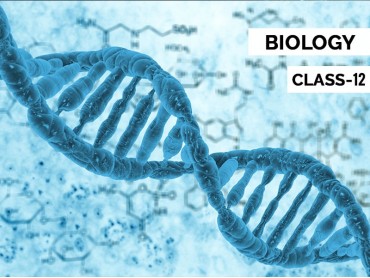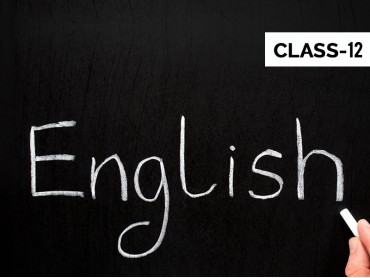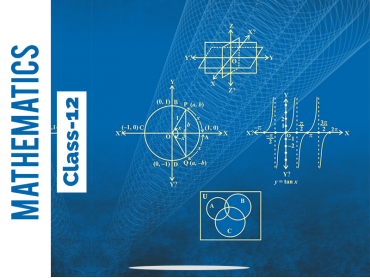Overview
Taking the chemistry to next level, inorganic chemistry for class XII deals with elements, their process of separation and other such qualities. Some students might find it difficult but then there is the availability of home tutors to teach inorganic chemistry for class XII students. They help students solve all their problems and hence students too come with flying colours.
Session wise Curriculum:
Chemistry for class XII is being taught according to school syllabus as defined by CBSE or other state boards. The basic Chemistry syllabus for Grade XII is as following:
Unit 1
- General Principles and Processes of Isolation of Elements
- Principles and methods of extraction – concentration, oxidation, reduction electrolytic method and refining; occurrence and principles of extraction of aluminium, copper, zinc and iron.
Unit 2
- p-Block Elements
- Group 15 elements: General introduction, electronic configuration, occurrence, oxidation states, trends in physical and chemical properties; nitrogen – preparation, properties and uses; Compounds of nitrogen: preparation and properties of ammonia and nitric acid, oxides of nitrogen ( structure only); Phosphorous-allotropic forms; compounds of phosphorous: preparation and properties of phosphine halides (PCl3, PCl5) and oxoacids (elementary idea only).
- Group 16 elements : General introduction, electronic configuration, oxidation states, occurrence, trends in physical and chemical properties; dioxygen: preparation, properties and uses; Classification of oxides; ozone. Sulphur – allotropic forms; compounds of sulphur: preparation, properties and uses of sulphur dioxide; sulphuric acid: industrial process of manufacture, properties and uses, oxoacids of sulphur (structures only).
Unit 3
- Group 17 elements : General introduction, electronic configuration, oxidation states, occurrence, trends in physical and chemical properties; compounds of halogens: preparation, properties and uses of chlorine and hydrochloric acid, interhalogen compounds, oxoacids of halogens (structures only).
- Group 18 elements: General introduction, electronic configuration, occurrence, trends in physical and chemical properties, uses.
Unit 4
- D and F Block Elements
- General introduction ,electronic configuration, occurrence and characteristics of transition metals, general trends in properties of the first row transition metals – metallic character, ionization enthalpy, oxidation states, ionic radii, colour, catalytic property, magnetic properties, interstitial compounds, alloy formation. Preparation and properties of K2Cr2O7and KMnO4 Lanthanoids – electronic configuration, oxidation states, chemical reactivity and lanthanoid contraction and its consequences.
- Actinoids – Electronic configuration, oxidation states and comparison with lanthenoids
Unit 5
- Coordination Compounds (Period 12)
- Coordination compounds : Introduction, ligands, coordination number, colour, magnetic properties and shapes, IUPAC nomenclature of mononuclear coordination compounds, bonding, Werner’s theory.
- VBT,CFT; isomerism (structural and stereo)importance of coordination compounds (in qualitative analysis, extraction of metals and biological systems).
-
 Best Curated
Best Curated
Tutor for You -
 Guaranteed Refund within
Guaranteed Refund within
48 hours* -
 Chapterwise Practice
Chapterwise Practice
Questions




